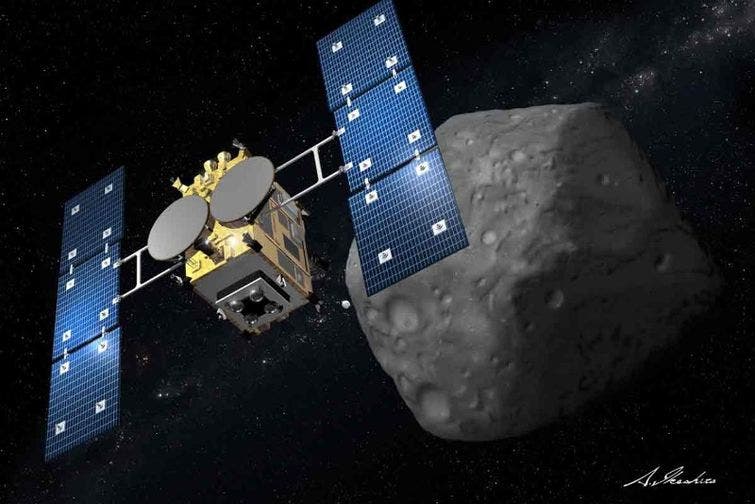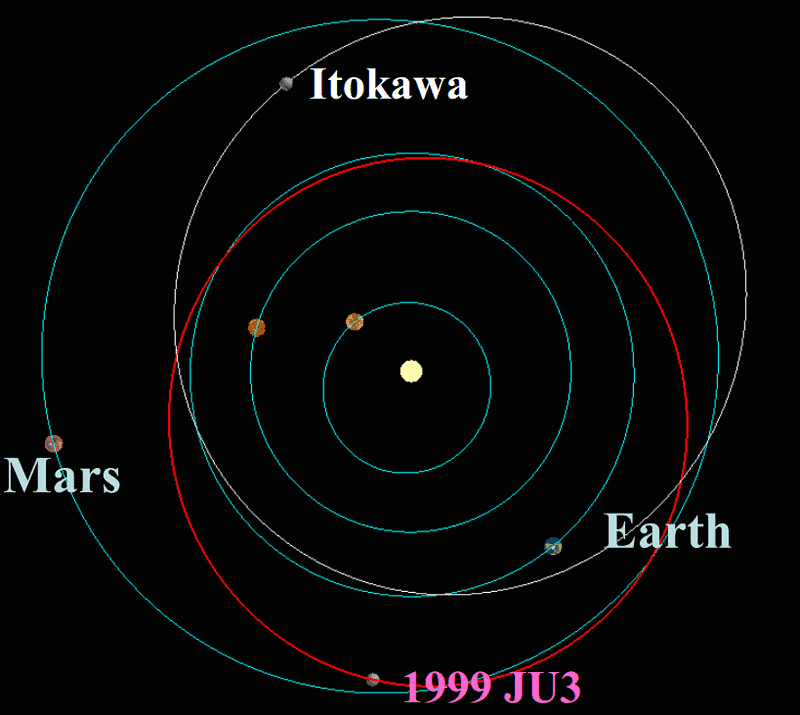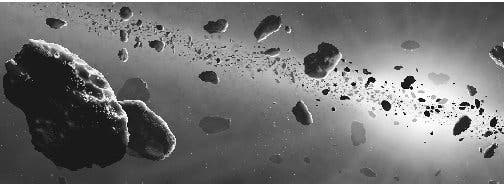UPDATE: The Hayabusa 2 probe was successfully launched late Tuesday night from the Tanegashima Space Cente
While just two weeks ago we were telling you about the European Rosetta mission which orbited a comet and ultimately sent a lander to the surface of the comet, now, the Japanese space agency, JAXA, is preparing to one-up Rosetta: they plan not only to land a shuttle on an asteroid, but actually extract samples and bring them back to Earth. Oh, and they also plan to blow up the asteroid.

This is actually the second mission of this type, with the first one also coordinated by JAXA; 4 years ago, the Hayabusa shuttle came back to Earth with microscopic grains of sand from another asteroid – it was supposed to bring back much larger samples, but due to unforeseen malfunctions, it could only bring back microscopic samples. The samples have been distributed to researchers around the globe for study.
The Hayabusa 2 mission plans to bring back bigger rocks from a more interesting asteroid, which might hold significant amounts of water and organic molecules. Unlike the first probe, Hayabusa 2 will also deploy a small explosive device while landing on the asteroid. The explosion will hopefully allow scientists to learn more about the asteroid’s interior, and the shuttle will also grab some rocks form the debris to bring back home.

Initially, launch was planned for 30 November 2014 (13:23 local time), but has been delayed to 3 December 2014 (13:22:04 local time). That’s 11:22 p.m. EST (04:22 GMT). When the launch goes live, you can watch it here, with live streaming directly from JAXA.
Hayabusa 2 JAXA launch stream here:
In terms of hardware, Hayabusa 2 is pretty similar to its predecessor, though some significant improvements have been made, most notably to the propulsion and the sampling mechanisms. The asteroid, which is roughly a kilometer wide, orbits the Sun just a bit farther out than Earth, but closer in than Mars, as depicted below. The JAXA mission will also examine the asteroid with an orbiter, a French/German lander and a rover.
“While Hayabusa has recorded a number of [the] world’s first achievements, Hayabusa2 is aimed at enhancing the reliability of asteroid exploration techniques,” JAXA officials wrote in a mission description. “At the same time, Hayabusa2 will challenge to obtain new technologies such as creation of artificial craters, high-speed communications in deep space, and new observation instruments.”
The shuttle will reach the asteroid in the summer of 2018, it will stay there for a year and a half, and if everything goes according to plan, it will return by the end of 2020.
Why scientists want to study asteroids
Much like comets, most asteroids were formed in the initial stages of the solar system. If we study asteroids, we will get a glimpse into how the solar system took shape and what the conditions were like back then. Asteroids are regarded by many to be the “building blocks of the Solar System”; it’s through the accretion of these balls of rock and ice that planets were formed.

You can always analyze asteroids which crashed onto the Earth, but the results will be much less rewarding, because you don’t know what the original composition was, and how much was polluted due to contact with the atmosphere and our planet. If Hayabusa 2 will be successful in its mission, we will be able to study the ratio of different isotopes in the ice, and seeing if they match those on Earth. Scientists are also interested in the chirality of molecules on asteroids.
Also, this study will hopefully show if there are organic chemicals on the asteroid; the Rosetta mission already showed us that organic molecules can be found on comets, and it would be awesome if this could be confirmed for asteroids too. The thing is, we don’t know exactly how life on Earth originated – some researchers believe that the necessary organic molecules actually came from outer space, through comets and/or asteroids.


